The Code of Hammurabi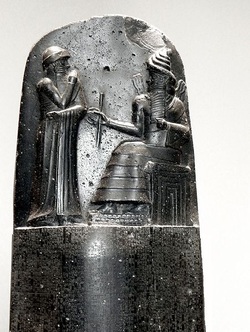 Stele of Hammurabi (Louvre, Paris) Stele of Hammurabi (Louvre, Paris) We learned about Hammurabi, the great king of Babylonia this week as we read together from Chapter 7 in Story of the World. Unlike the harsh dictatorship of Sargon, which we studied several weeks ago, Hammurabi was significant because he wanted his empire to be governed by just laws, that applied to all citizens. Hammurabi wrote down all the laws he thought were fair and had them carved on a stone monument. These laws are known as the Code of Hammurabi, and they are the first set of written laws. The students spent some time contemplating what life would be like without any rules and then we discussing many different rules and laws in place today (obeying the speed limit, not stealing from others), as well as the fact that new rules are added (no texting while driving). I read them some of the laws in the Code of Hammurabi and asked if they thought these rules seemed fair, as Hammurabi intended them to be, and if we could live by such rules today. Everyone agreed that "if someone cuts down a tree on someone else's land, he will pay for it." However, most felt that "An eye for an eye, a tooth for a tooth - if a man puts out the eye of another man, he must put his own out" and "If a doctor operates on a patient and the patient dies, the doctor's hand will be cut off" were too harsh and probably wouldn't go over well today! Break the Code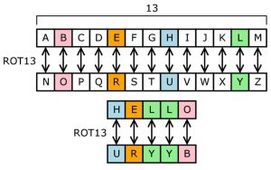 As a fun pre-writing game and follow-on activity, we did a code breaking activity of a different variety. I explained that "substitution codes" were a way that leaders through history have sent secret messages to their troops and allies. I provided the students with a simple alphabetic code and asked them to translate their names and a secret message into code. Students then exchanged messages and enjoyed decoding each others notes. Exploring the Water Cycle In science class we made the most of our wintry weather, first by going outside into the snow, and then talking about the melting snow, the rain, and swollen rivers. We scooped up snow into cups and packed it into a graduated cylinder. Then we brought it inside. One of our budding scientists noticed right away that the cylinder was marked with numbers, and pointed out the 'inches' on the side. This is great - scientists must first notice things. The numbers are not inches though - but milliliters, so we learned this new unit of measurement, and observed that the snow was packed up to the top number - 1000 milliliters. Next, one of our scientists made a hypothesis that when the snow melted, the water level would drop. We learned the word hypothesis. Together we all agreed that this was likely, and a few of our students offered some theories about why this would happen. Then we settled in to read A Drop Around the World, learning all about the water cycle while we kept an eye on our graduated cylinder. If you would like to continue the study of the water cycle at home, you can use this resource to conduct this simple Mini Water Cycle science project. Your children each took a copy of it home with them on Wednesday. Please bring the results sheet in next week so that we can compare. Comments are closed.
|
Categories
All
Archives
May 2016
|

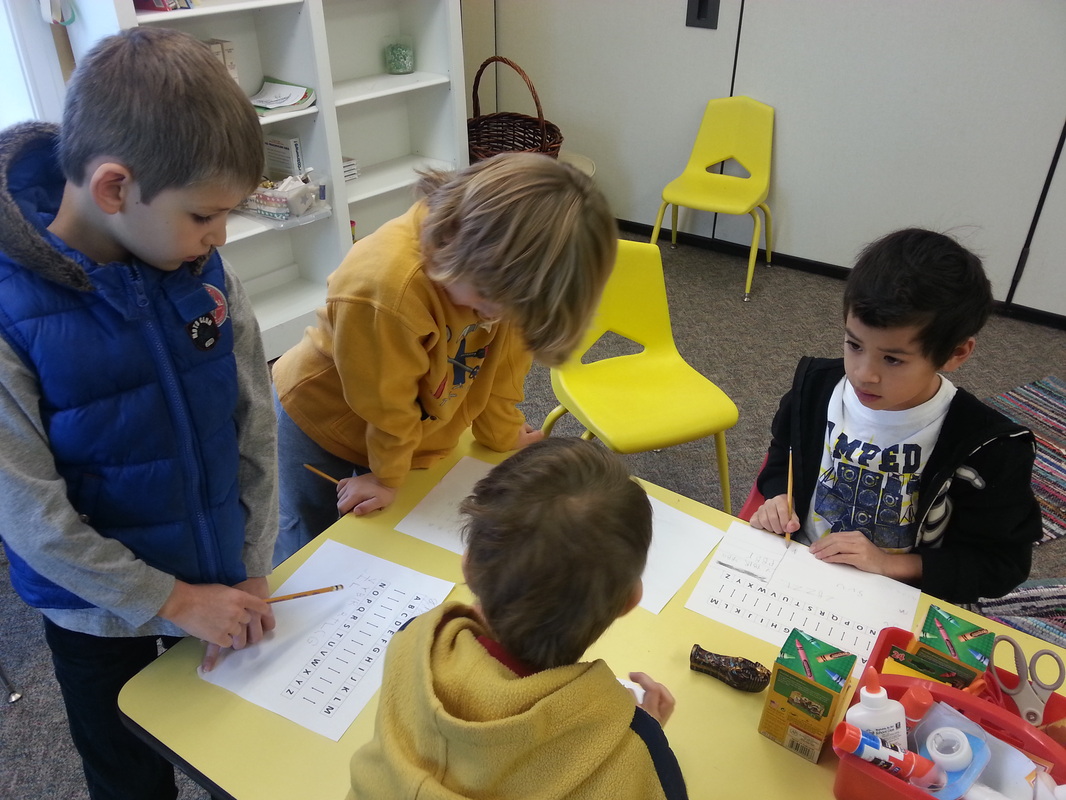
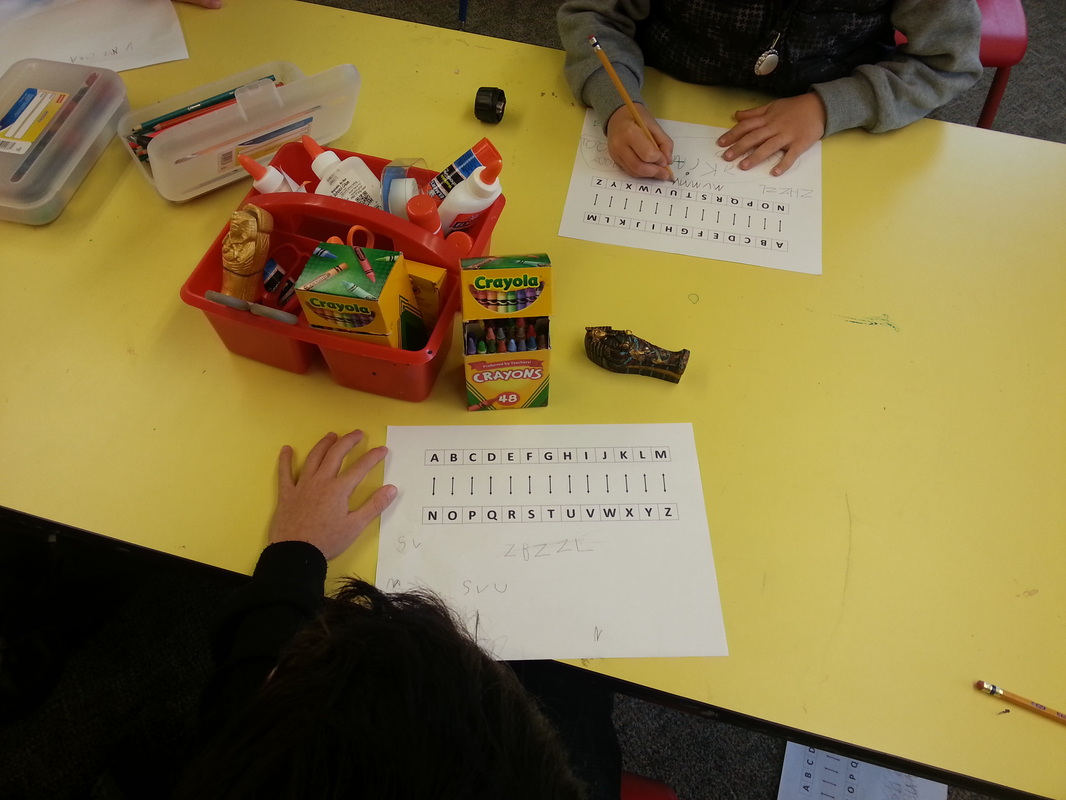
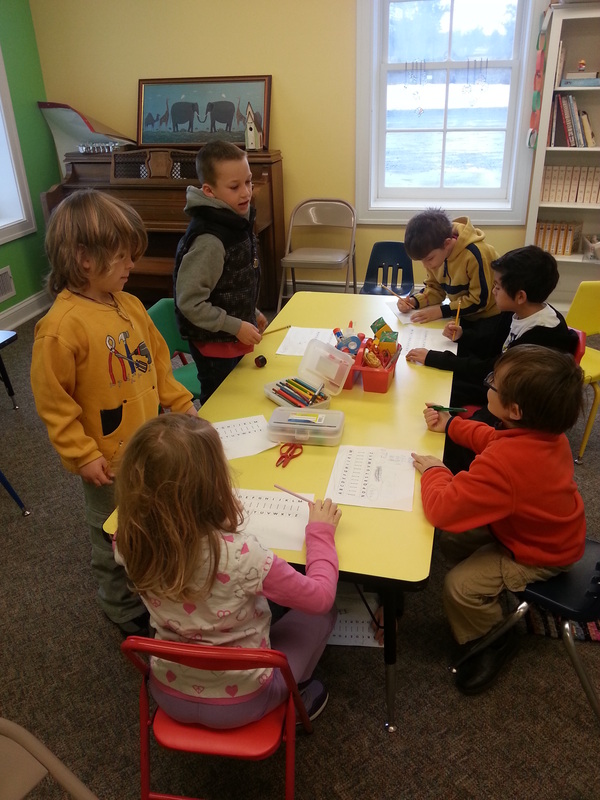
 RSS Feed
RSS Feed